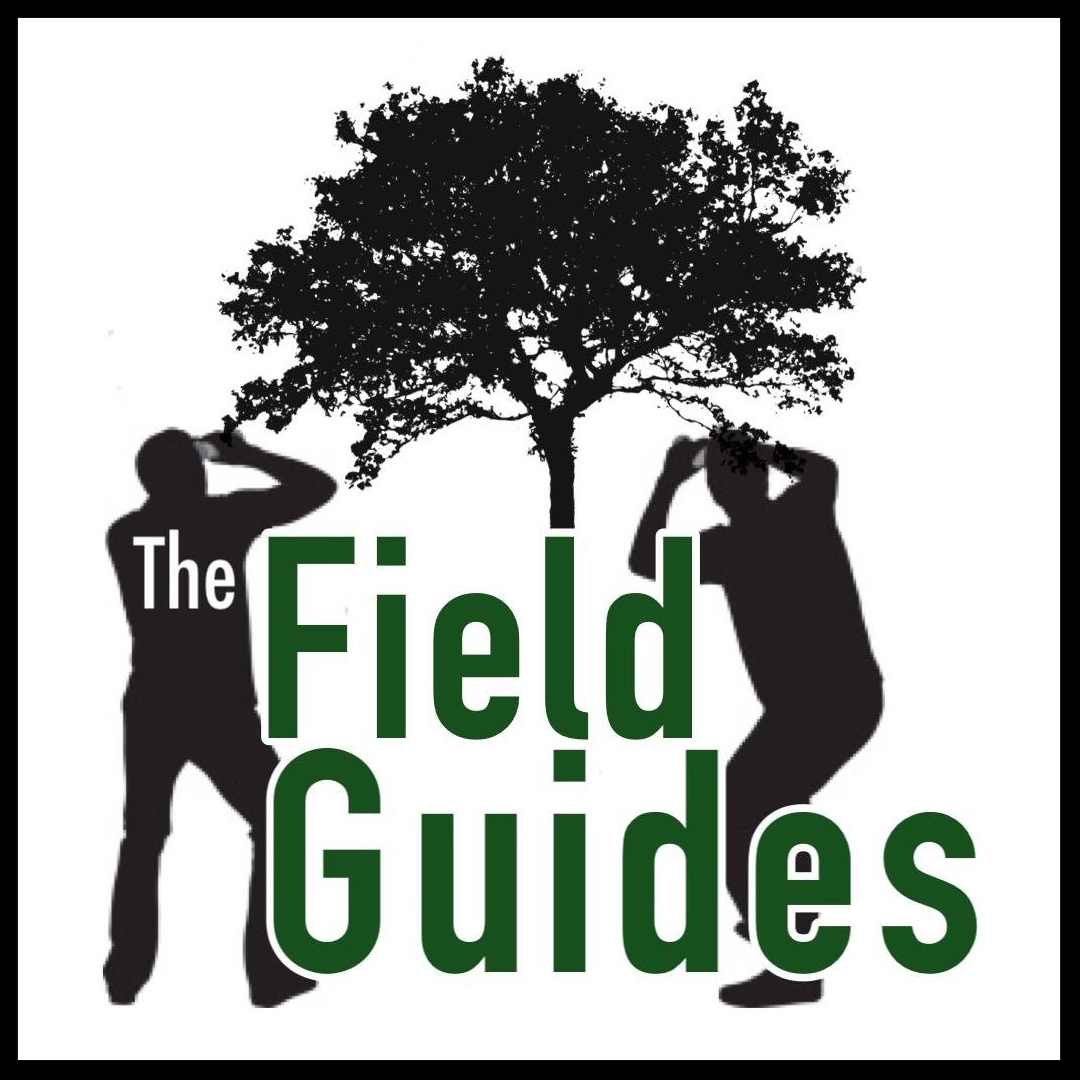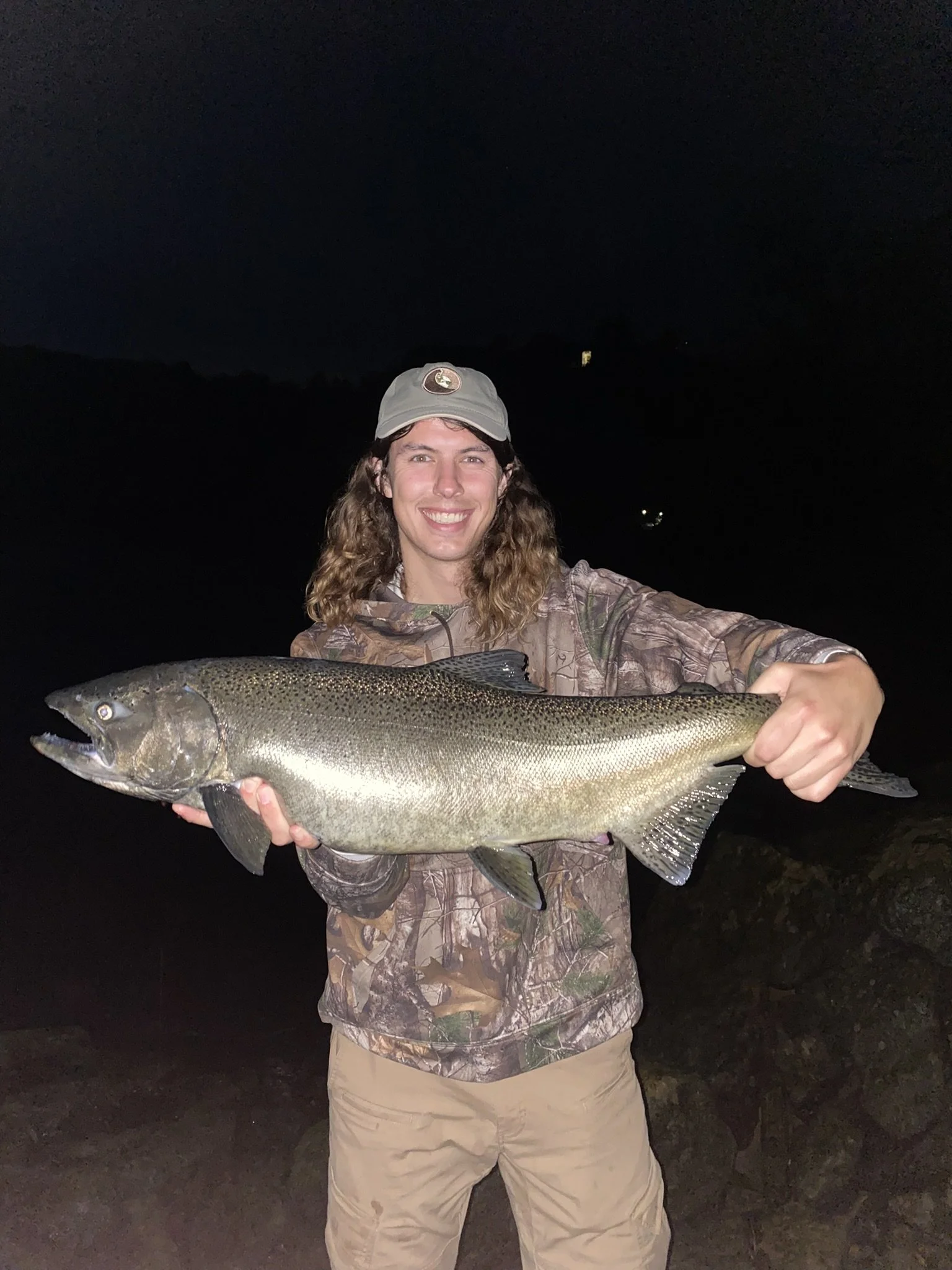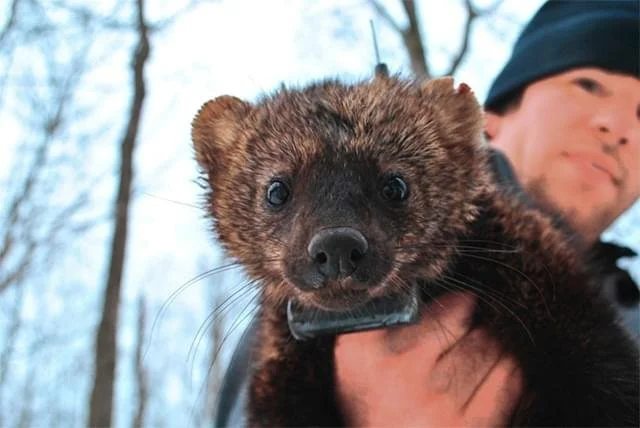Ep. 76 - The Insect Apocalypse! (Part 1)
Ep. 75 - A Naturalist's Life (Part 2) - A "Hike" with Sandy Geffner
Part 2 of our time in the woods with naturalist Sandy Geffner. This time, Sandy leads Steve and Bill on a “hike”—though with Sandy, the word takes on a different meaning. You might not cover much distance, but you’ll travel miles in understanding: exploring ecology and hearing stories of the forest and the wildlife within it. Enjoy!
Ep. 75 - A Naturalist's Life (Part 1) - A Conversation with Sandy Geffner
What exactly is a “naturalist”? Spend a little time with Sandy Geffner, and you’ll find out. Steve and Bill rarely go more than an episode or two without mentioning him—a naturalist who profoundly shaped both their lives. This month, they head into the woods to talk with Sandy about how a baseball-loving kid from Long Island became someone who’s inspired countless people to deepen their connection with the natural world.
Ep. 74 - Like A Sturgeon
It’s hard to believe, but we’re doing another episode on fish! This time around, Steve introduces us to the Sturgeon (family Acipenseridae), from their dinosaur-era origins to their caviar-fueled scandals (did you know Beluga caviar comes from Sturgeon? Bill didn’t either). So strap in as the guys touch on Sturgeon, for the very first time.
This episode was recorded on June 29, 2025 at Eighteenmile Creek County Park in Hamburg, NY.
Bonus - The Spark Bird Podcast x The Field Guides Podcast
In this special bonus episode we're crossing over with The Spark Bird Podcast! (@sparkbirdproject)
Bill joins one of the hosts of the Spark Bird Project podcast, Jenn Lodi-Smith, to go birding in Buffalo’s historic Forest Lawn Cemetery, sharing spark bird stories, conservation efforts for migration, and the joy of birding in community.
You’ll also hear reflections from folks at the Feminist Bird Club of Buffalo (@fbc.buf) May the Spark Be with You outing, all recorded on-site at Forest Lawn Cemetery. This episode is a celebration of connection, accessibility, conservation, and the shared love of birds that brings us all together.
This episode was recorded on May 4, 2025 at Forest Lawn Cemetery in Buffalo, NY.
Ep. 73 - The Dawn Chorus (Part 2)
Ep. 73 - The Dawn Chorus (Part 1)
Ep. 72 - Grass Carp: A Reel Problem
Ep. 71 - The Field Guides Go Crikey!
The guys return to Everglades National Park, again looking for a predator that Daniel wants to get too close to: the American crocodile (Crocodylus acutus). Listen in as Daniel shares some research, busts croc-related myths, and Steve probably gets a little too excited about how crocs deal with salt water. Bill doesn’t have much to say, but he’s there, too. Enjoy!
This episode was recorded on January 7, 2025 on the Bear Lake Trail in Everglades National Park. The last little bit was also recorded in the Park at the Flamingo Marina.
Ep. 70 - Saving the Blue Iguana
This month, we head to the tropics and meet the Blue Iguana of the Cayman Islands! This endangered lizard is found nowhere else on the globe save for the island of Grand Cayman in the Caribbean, and just two decades ago, it’s likely there were fewer than 25 animals remaining in the wild. This was a species that was functionally extinct, but thanks to the herculean efforts of a dedicated group of people, the Blue Iguana (Cyclura lewisi) has been brought back from the brink, with over 1000 iguanas now roaming the dry, rocky forests of Grand Cayman. In July of 2024 Bill traveled there to interview Fred Burton, the man many people credit as the main driver behind the effort to save this endemic species.
Ep. 69 - Rewilding Floreana (with Fundación Jocotoco)
How hard is it to reintroduce species to a tropical island? Turns out, pretty hard! But it’s so worth it. The rewilding of the Galapagos island of Floreana will make it the largest tropical island ever to be rewilded. Researchers have spent over a decade meticulously planning for the reintroduction of the iconic Floreana Giant Tortoise (Chelonoidis niger niger). Once thought to be extinct, this species, along with eleven other locally extinct endemic animal species, are part of a reintroduction project that has involved the massive task of eradication of introduced predators, as well as the purposeful inclusion of the local population throughout the planning process. This month, Bill and Steve are completely out of their depth, discussing the project with three staff members from Fundación Jocotoco, one of the organizations leading the charge to Rewild Floreana.
This episode’s special guests are Paola Sangolquí, Jocotoco’s Galapagos Program Marine Coordinator, Julieta Muñoz, Conservation Strategy Manager, and Jajean Rose-Burney, the Director of Jocotoco US.
Ep. 68 - All Hail the King (Salmon)
This month, Daniel leads the guys into uncharted waters for the podcast…that’s right, it’s our first-ever episode about fish! The Great Lakes salmon fishery is one of the greatest angling spectacles in the US. Large predatory salmon, native to the Pacific Northwest, are stocked in the Great Lakes region to maintain a world class fishery and control invasive baitfish. The undisputed monarch among these stocked species? The appropriately named King Salmon (Oncorhynchus tshawytscha). While they are fished for year-round, the action heats up when mature King Salmon run (well, they swim, but that’s what it’s called) up the creeks and rivers where they were born or stocked each fall. The salmon run attracts anglers from all over the country, fostering a multi-million dollar industry and countless memories. But what is with all the excitement? Why are Pacific salmon even put here? Dare we even ask, should they be here? In this episode, the guys venture to a popular salmon fishing spot near Lake Ontario and reel in the story of one of the most consequential actions in fisheries management history.
Ep. 67 - Fishers in the Field: A Hike with Fisher Researcher Dr. Scott LaPoint
If we want to help wildlife, we need to know when and where they’re moving on the landscape. Dr. Scott LaPoint has spent his career researching just that. When our recent episode on fisher cats left us with a lot of questions, we figured who better to help us out than Dr. LaPoint. He was kind enough to join Daniel and Bill for a hike, sharing his expertise and his amazing ability to communicate science with enthusiasm, humor, and clarity. Join the guys for a wide-ranging discussion on fishers, connectivity, and wildlife-human interaction.
Ep. 66 - Pinesap (The Plant, Not the Sap)
Pinesap (Monotropa hypopitys) is a goofy little plant that parasitizes fungi and can often be found beneath pine trees. It is not the sap of pine trees like Daniel thought. In this episode, Bill leads the discussion about the complex relationships between pinesap, its fungal host, and the tree species the fungi has a symbiosis with. Join the guys as they get caught in a sudden rainstorm and learn about this amazing plant.
Ep. 65 - Fishers: Eatin’ More Toes Than Turkeys
Ep. 64 - Let's Look at the Eclipse! (Not Literally)
Ep. 63 - Field Trip!: On the Trail of the Florida Panther
Ep. 62 - Timber Rattlesnakes: Still Endangered, Still Danger Noodle-y (Part 2)
Ep. 62 - Timber Rattlesnakes: Endangered Danger Noodles(Part 1)
Love ‘em or hate ‘em, we wager you’ll enjoy this dive into the shiny (not slimy) world of rattlesnakes. This episode, the guys take a close look (but not too close) at the Timber Rattlesnake (Crotalus horridus), trying to show how it’s not out to kill you and also finding out how it ended up on the “Don’t Tread On Me” flag. Plus, they introduce the newest field guide, Daniel!





















